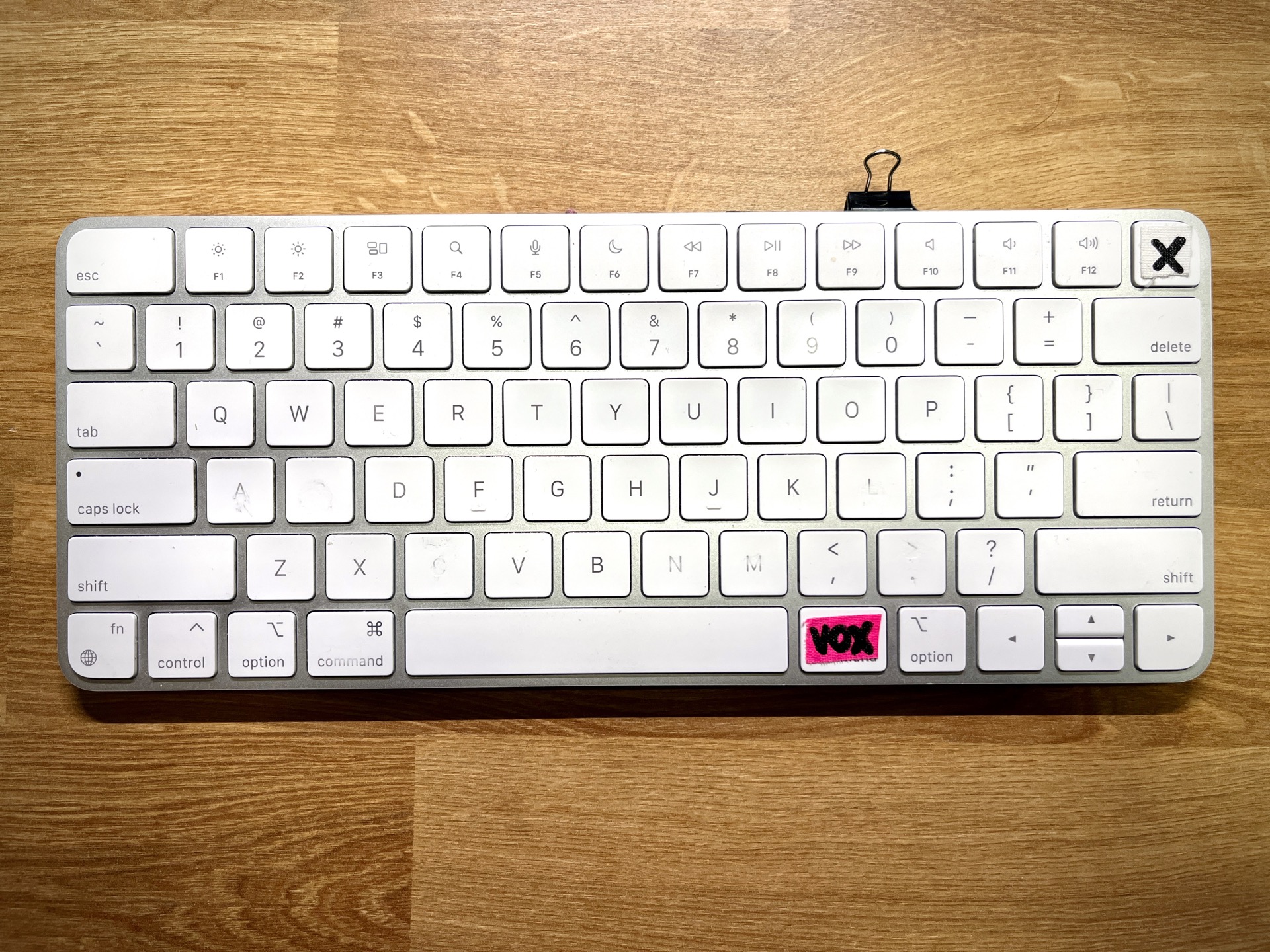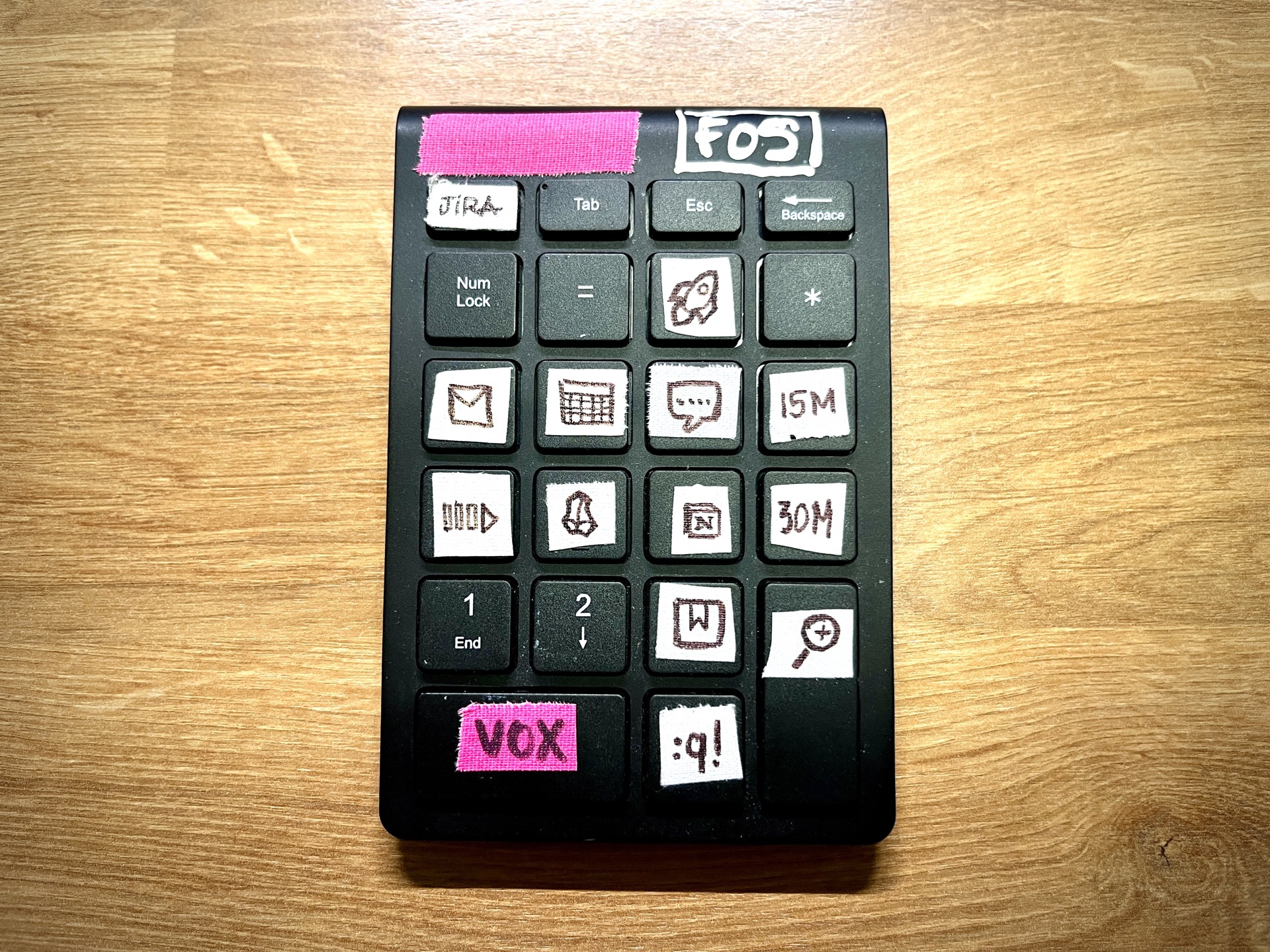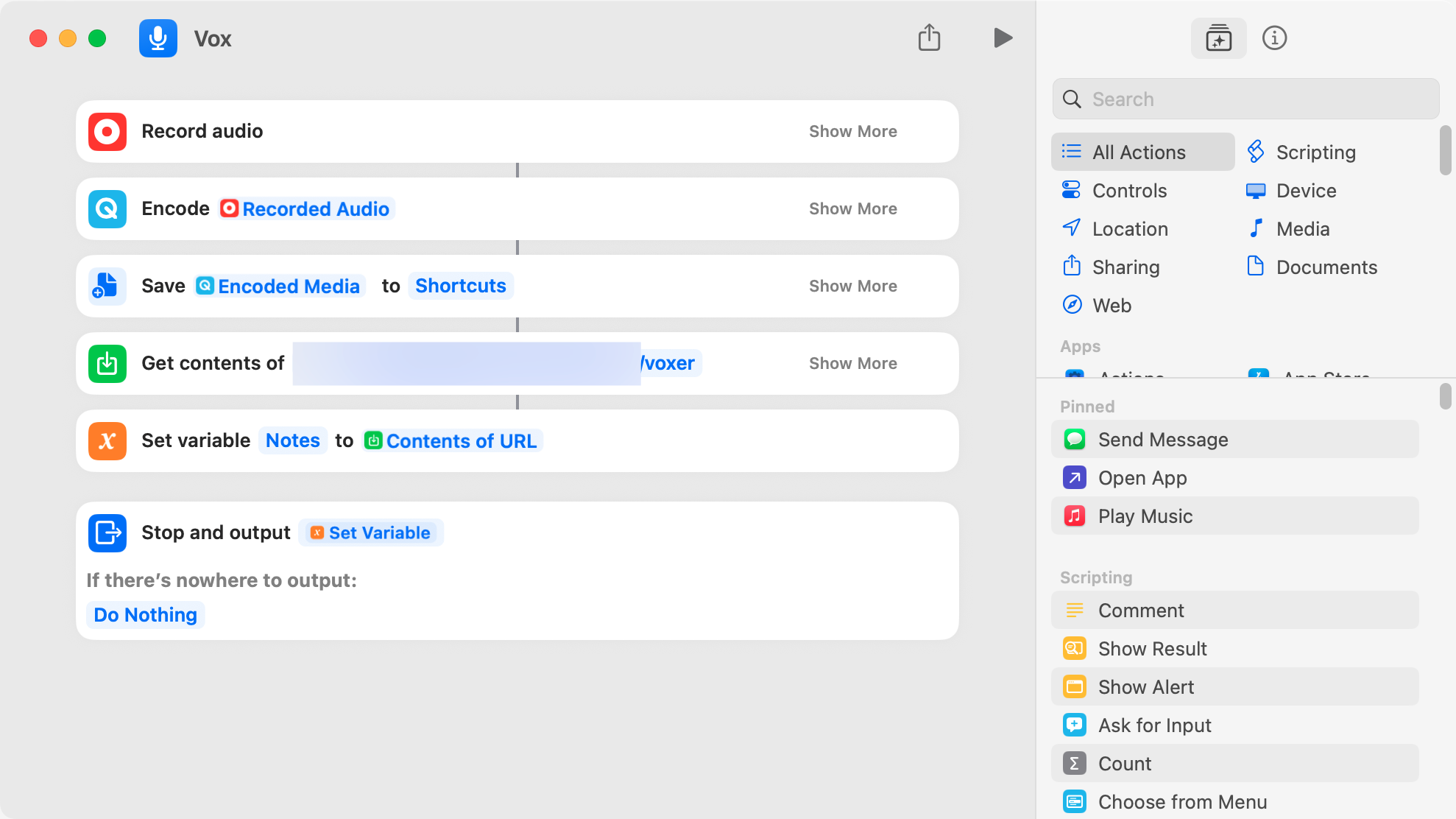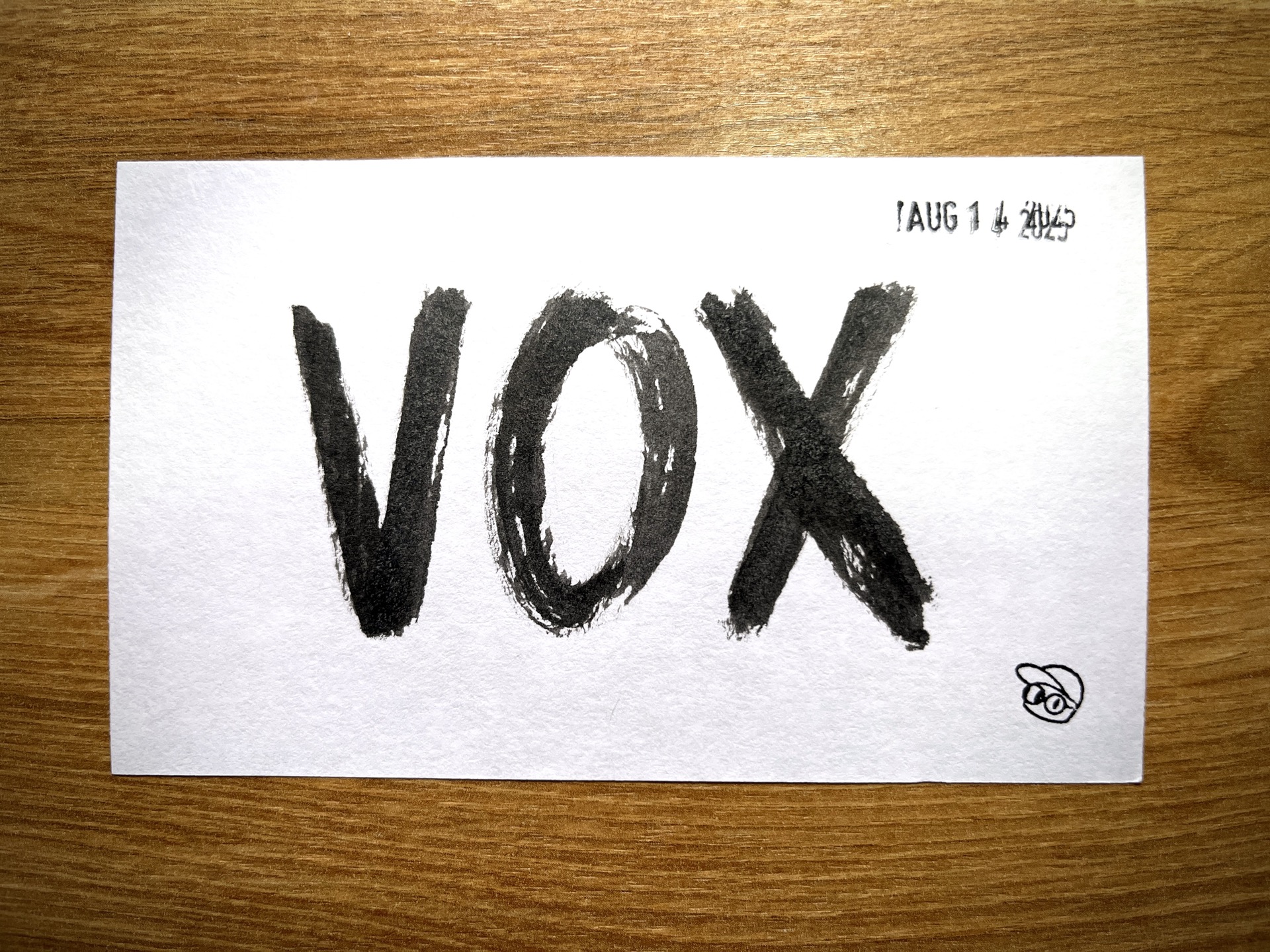I started using speech-to-text in late summer 2021. At first, it was just an alternative way to type on my computer or phone. Before that, my voice-tech use barely went beyond half-successful “Hey Siri” commands.
But once I tried dictation for real and stuck with it, I realized: this actually works. Well enough to keep going.
Express
It took some getting used to. With macOS and iOS dictation, you have to literally say the punctuation marks: “period,” “comma,” “new line.” Even years later, when OS updates promised magical auto-punctuation, it never worked as well as advertised. So there I am, whisper-shouting “period comma new line” into my phone while standing in line at a mildly loud coffee shop.
I got so used to speaking punctuation that my partner would sometimes mock me — jokingly narrating words with exaggerated “comma”s and “period”s — and we’d both giggle.
But over time, speech-to-text stopped being “another way to type.” It became one of my most effective tools for thinking.
When I speak my thoughts, I’m not just entering text — I’m untangling ideas. Finding the words. Hearing how they sound. Sitting with my voice. I can get to clarity faster this way than by typing or handwriting.
Your voice is a ruthless editor. When I hear my (malformed sometimes struggling) sentences out loud, all the just fluff stands out. Those spirals you can neatly hide in text? They scream at you as you cringe through your speech in real time.
I even talk to myself when no one’s around — not in the mirror, but in the car on the way to the dentist, or while running errands. In my industry, it’s called rubber ducking. I just call it working things out in the open air. No music. No distraction. Just talking through the mess in my head — and in the process, putting in extra reps for speaking clearly.
Typing, handwriting, speaking — I use all three every day. But speaking is the fastest way I know to get a thought out of my head and into a form I can work with.
PTT
At my desk, the workflow starts with a physical button labeled VOX — marked with pink tape. I hold it down, talk into a mic, and let MacWhisper (not sponsored) do its thing.

“VOX” isn’t about the media company. For me, it’s something I picked up over 20 years ago from the audio world — shorthand for “vocals.” Many years later, I still use it to mark anything that needs to be spoken into a microphone.
Once the VOX button is down, I just start talking. Thanks to modern AI, I no longer have to think about punctuation or spelling — it’s accurate enough that I can focus entirely on what I’m trying to say. Words appear in whatever doc or text box my cursor is blinking in.

Command
There’s another voice workflow I’ve always wanted: speaking into the air and having something get done.
I didn’t realize how much I wanted it until I heard a podcast with Merlin Mann that a friend sent me in 2023. (If you’re into note-taking and index cards, it’s worth a listen.)
A few days ago, I finally made it happen — at least partially. Using macOS and iOS Shortcuts, I can now capture my voice, send it to the cloud, have an AI transcribe it, interpret it, and add it straight into my notes, daily log, or task list.

The moving parts:
- Trigger — Starting the capture with macOS/iOS Shortcuts.
- Transcription — Turning audio into text with OpenAI’s GPT-4o mini Transcribe.
- Interpretation — Figuring out intent, also via GPT-4o mini.
- Tools — Doing something with that text via LangChain.
- Server — All running on Cloudflare Workers.
And with that, my scrappy voice-powered setup allows me to say things into my digital devices and have it reliably take notes. It’s costing way (way) less than a penny every time I push a button.
But the real value isn’t in the cost — it’s in what speaking unlocks. I don’t just record my thoughts. I find them. In the moment (and then much later).
Reveal
So yes — I push buttons and talk to my computers (and myself). A lot.
99% of this blog post? Spoken into my mic. I only typed a few headings, bullet points, and links.
I record my voice so I don’t forget. I talk out loud to articulate and refine ideas. Speaking isn’t just an input method — it’s a thinking method. And no, it’s not reserved for extroverts. I’m firmly in the introvert camp. In this case, voice is a tool, not a personality test.
And here’s the part we don’t like to say out loud: voice can feel awkward. Cringe, even. Talking to yourself in an empty room? Dictating while strangers walk by? It makes your insides scream OMGOMGOMG.
But that’s exactly why it works. Speaking drags the thought out raw, before you can manicure it into something polite. You can’t hide behind perfect phrasing when the words are already hanging in the air.
When you speak, you hear your thoughts the way someone else might. You catch what doesn’t make sense. You discover what matters. You hear the shape of your own logic — and the spots where it collapses. And the more you do it, the less precious you get about being “ready.”
Speaking isn’t just for when you have the answer — it’s for when you’re willing to find it in real time, with nothing to hide behind.
So if you’re working through an idea, start talking. Out loud. Even if you feel ridiculous. Let your voice pull the thread. Let it drag the thought into daylight. Let it shout what you’re meaning to say. The cringe will fade (usually). The clarity will stay.
